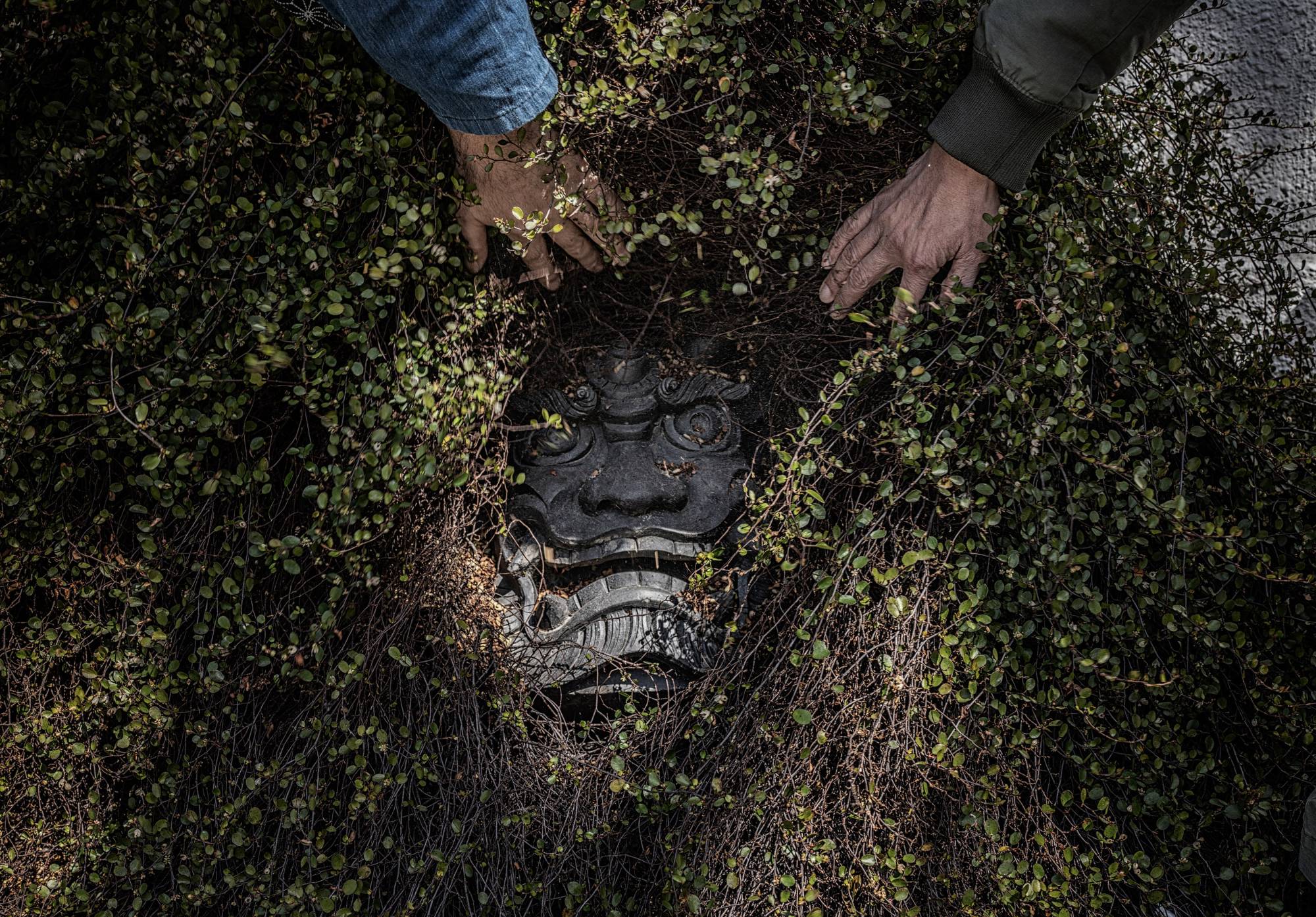Most Japanese schoolchildren know the kappa as a trickster who looks like a cross between a frog and a turtle with an indented head. If you’re not careful, it could drag you into the river to drown. The tengu, identifiable by its bright red face and long nose, lurks in the woods. Beware of the tanuki, a supernatural variation of a raccoon dog, for it may make a fool of you when it crosses your path.
These mischievous, occasionally demonic, spooks of traditional Japanese folklore are known collectively as yōkai. They once helped explain mysterious phenomena, such as noises in the night, missing food, or the rains and winds that damaged property. Now, as shared cultural heritage, they are ubiquitous in fairy tales, cartoons, advertising, television and film.
Yet what truly distinguishes the yōkai of Japan is that they are not frozen in classical legend or restricted to a narrow roster of familiar characters. Rather, each generation invents new yōkai, many of them channeling a collective unconscious of present-day anxieties.



